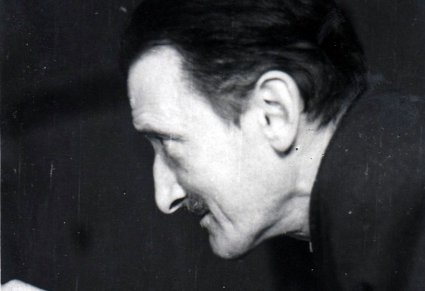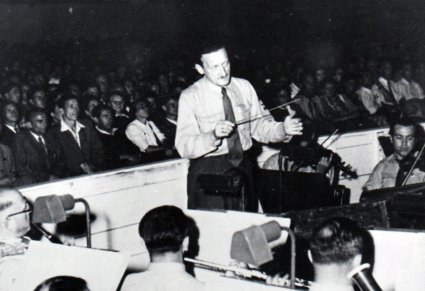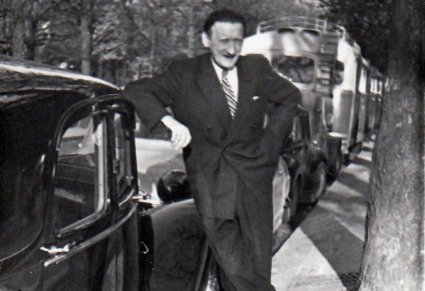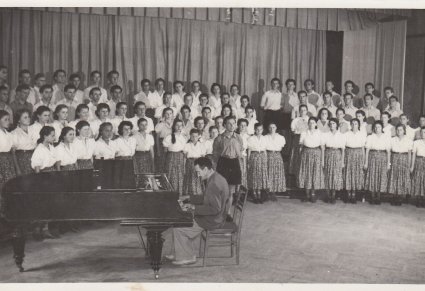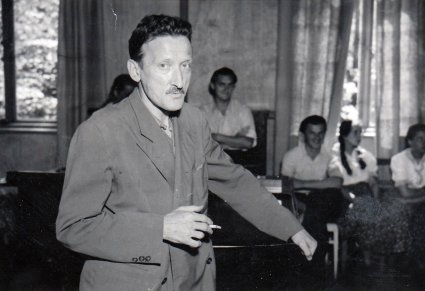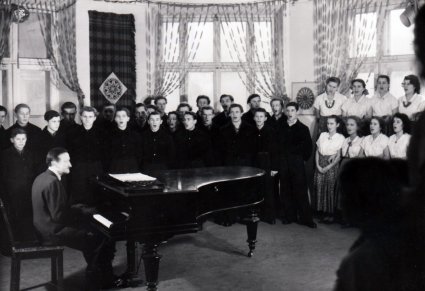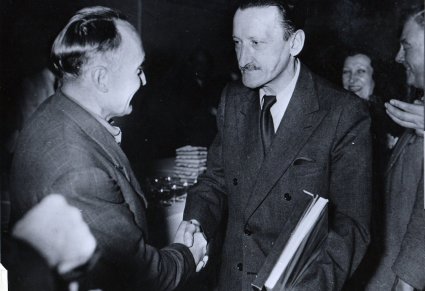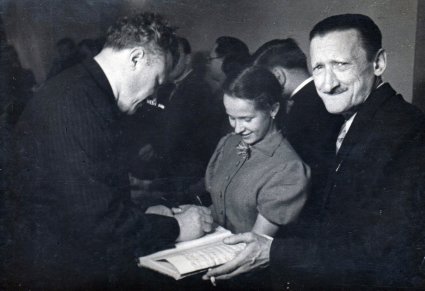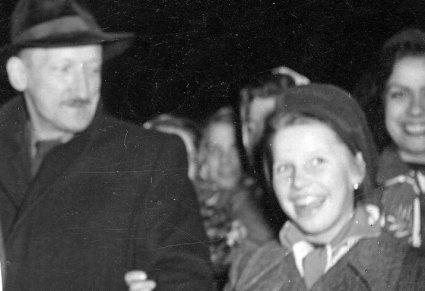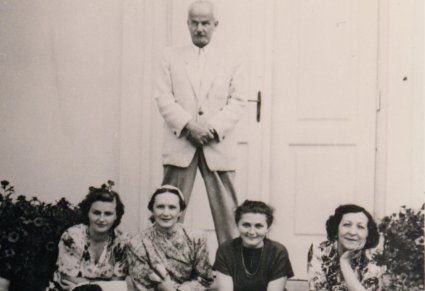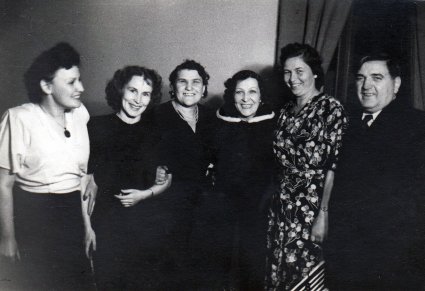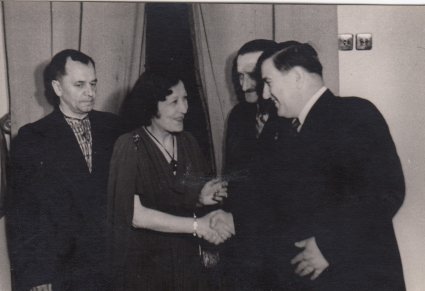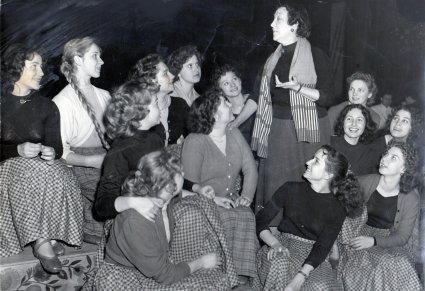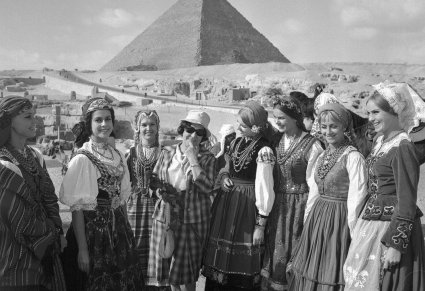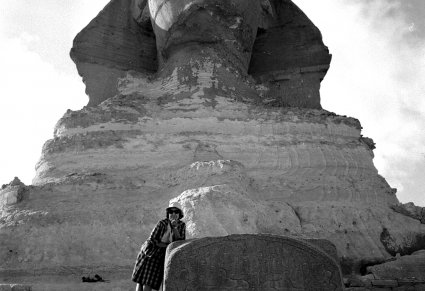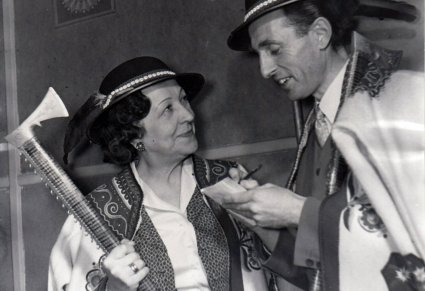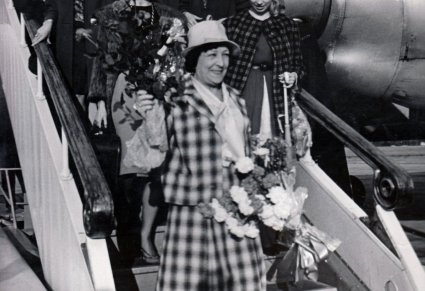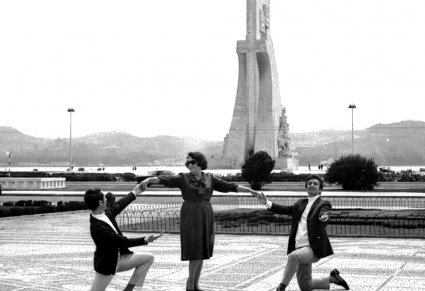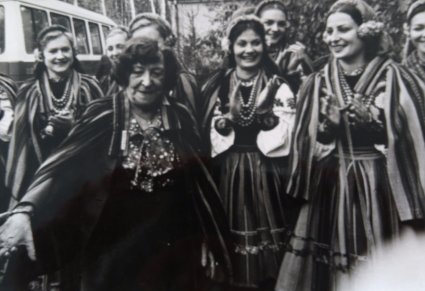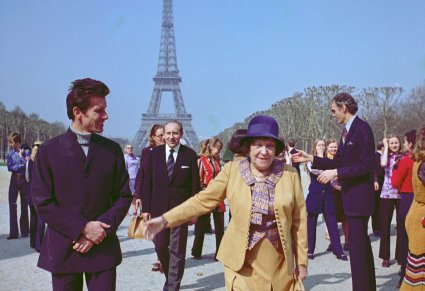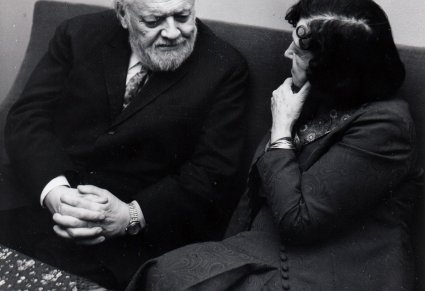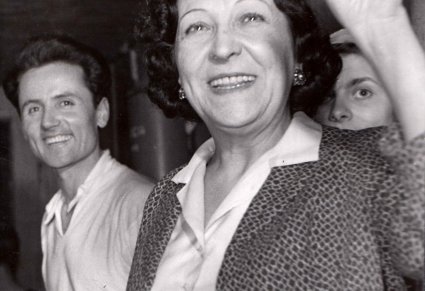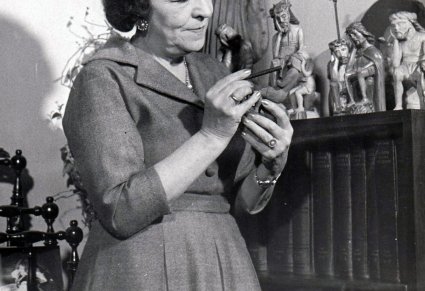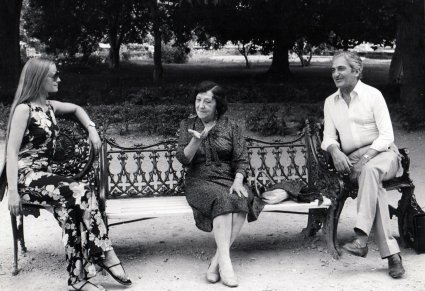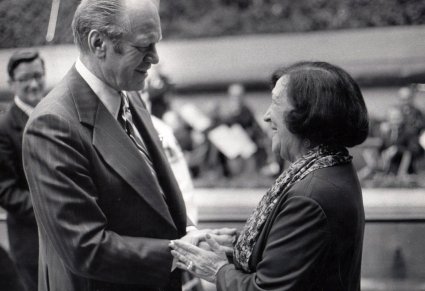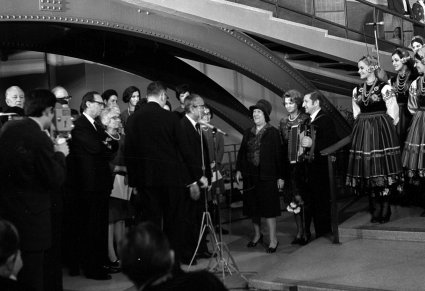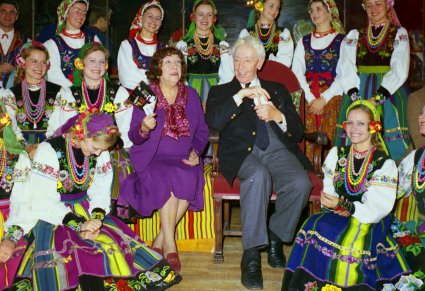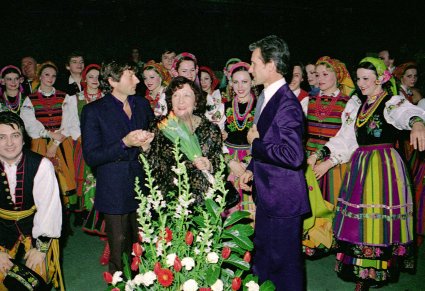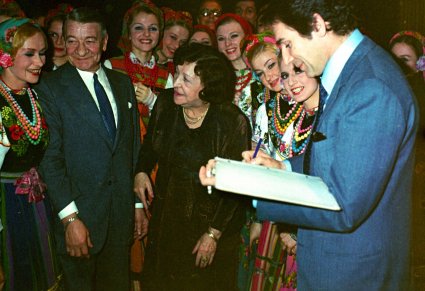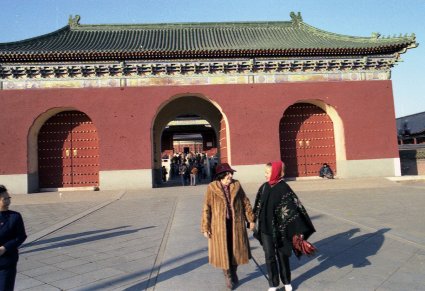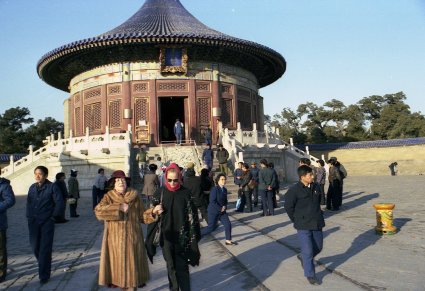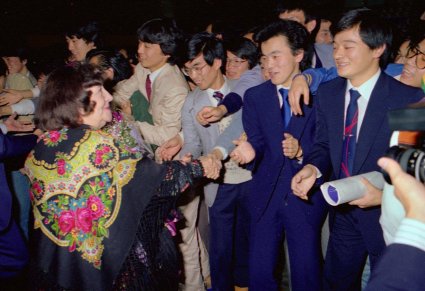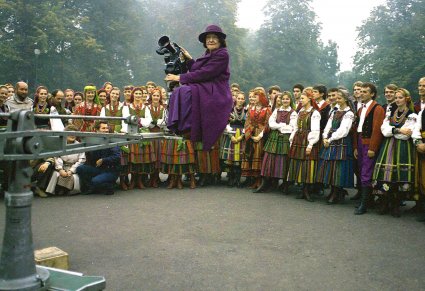
Mazowsze National Folk Song and Dance Ensemble is one of the largest artistic ensembles of its kind in the world. Polish traditional dance, song, music and costume inspire its artistic programme, in which features of regional culture form the basis of intricate choreographies and musical compositions.
Mazowsze takes its name from the central Polish region in which it was founded and is based, though its repertoire has expanded to include representations of folklore from across the whole country. Over the past 75 years, Mazowsze has become a household name and has performed across the globe, earning the title of "Ambassador for Polish Culture".
Mazowsze takes its name from the central Polish region in which it was founded and is based, though its repertoire has expanded to include representations of folklore from across the whole country. Over the past 75 years, Mazowsze has become a household name and has performed across the globe, earning the title of "Ambassador for Polish Culture".
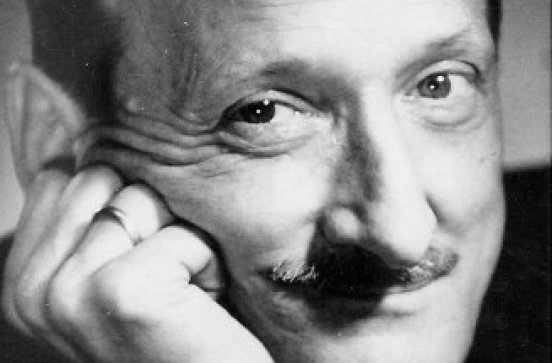
Tadeusz Sygietyński
Tadeusz Sygietyński was born on 24 September 1896 in Warsaw. In his memoirs, he wrote that he was brought up among the brightest writers, painters, musicians and intellectuals of the time. "My home was full of positivism; there was a remarkable focus on etnography, folkore and the humanities".
His Early Years
Sygietyński showed himself to be musically gifted from an early age, starting to compose at the age of eleven. His family moved from Warsaw to Lviv, where he attended music school. Financial difficulties compelled him to take up work, and already by the age of fourteen he was instructing choirs at the Lviv conservatoire and opera. In 1911, he returned to Warsaw, where he studied at the Institute of Music under teachers of international acclaim, including Henryk Melcer, Zygmunt Noskowski and Roman Statkowski. He continued studying composition in Leipzig and Vienna, under the eye of musical greats such as Stephen Krehl, Max Reger, Hugo Riemann and Arnold Schönberg.
His Musical Career
In the 1920s, Sygietyński was a conductor at the operas in Graz, Zagreb and Ljubljana and worked to establish the Dubrovnik Philharmonic, which is active to this day as the Dubrovnik Symphony Orchestra. After his return to Warsaw in 1926, he worked with Polish Radio as a music director and an author of popular audio dramas. He also conducted and composed for theaters in Lviv, Cracow, Łódź, and Warsaw, and worked with Mira Zimińska at the famous Qui Pro Quo Theatre.
Sygietyński was heavily influenced by the work of the famous nineteenth century Polish ethnographer, Oskar Kolberg. His fascination with Polish folklore is evident in much of his work, including in his symphonies, such as the Four Folklore Suites.
Sygietyński was heavily influenced by the work of the famous nineteenth century Polish ethnographer, Oskar Kolberg. His fascination with Polish folklore is evident in much of his work, including in his symphonies, such as the Four Folklore Suites.
1/7
Mazowsze - Sygietyński's Dream
During the Second World War, Sygietyński was Mira Zimińska’s accompanist at concerts in cafes across the capital, and it was apparently at this time that the idea of setting up a folk group was born.
Tadeusz during the [Warsaw] Uprising asked me to give him my word... I replied: "Very well. If we survive this, we'll go out into the villages and I'll help you a little. But first, we have to survive!", recalls Mirs Zimińska-Sygietyńska in her 1985 autobiography, I Did Not Live Alone.
Sygietyński prepared extensively for this project, collecting and arranging folk songs and searching for talented young people who could form the core of the Ensemble. He is remembered for being an outstanding composer and arranger, a beloved teacher and a warm, sensitive and modest person. As well as folk songs, he composed twenty Polish dances - the most well known being Three Polish Dances for Orchestra and Oberek for Orchestra - 28 stage songs, the balet-opera Karczma na Rozdrożu, Szkice Mazowieczkie, and Capriccio for piano.
He died in Warsaw on 19 May 1955.
Tadeusz during the [Warsaw] Uprising asked me to give him my word... I replied: "Very well. If we survive this, we'll go out into the villages and I'll help you a little. But first, we have to survive!", recalls Mirs Zimińska-Sygietyńska in her 1985 autobiography, I Did Not Live Alone.
Sygietyński prepared extensively for this project, collecting and arranging folk songs and searching for talented young people who could form the core of the Ensemble. He is remembered for being an outstanding composer and arranger, a beloved teacher and a warm, sensitive and modest person. As well as folk songs, he composed twenty Polish dances - the most well known being Three Polish Dances for Orchestra and Oberek for Orchestra - 28 stage songs, the balet-opera Karczma na Rozdrożu, Szkice Mazowieczkie, and Capriccio for piano.
He died in Warsaw on 19 May 1955.
It was the start of lessons in Karolin. There were no songs and no melodies that day. No one danced.
There was a terrible silence in the corridors.
Absent were his calls of "Children! Lessons!".
We would never hear that voice again.
Tadeusz Sygietyński had died.
T. Kruk and A. Sroga
Mazowsze Singing and Dancing. Warsaw, 1960
There was a terrible silence in the corridors.
Absent were his calls of "Children! Lessons!".
We would never hear that voice again.
Tadeusz Sygietyński had died.
T. Kruk and A. Sroga
Mazowsze Singing and Dancing. Warsaw, 1960
1/7
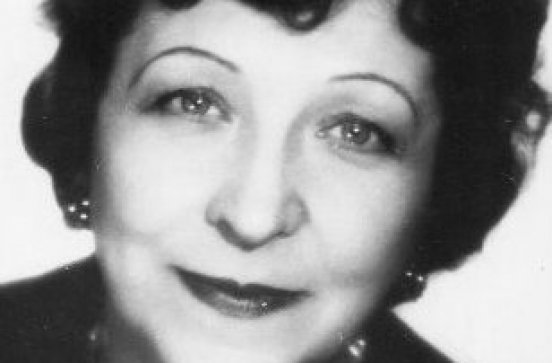
Mira Zimińska-Sygietyńska
Marianna Zimińska was brought up at the City Theatre in Płock, some one hundred kilometres north west of Warsaw, where her parents worked, and where she grew up with dreams of being on stage.
Her acting career started at the age of 7, when she played Stasia in a production of Gabriela Zapolska’s Ich Czworo (Four of Them). She took the name "Mira" after a princess from one of her favourite stories.
Her acting career started at the age of 7, when she played Stasia in a production of Gabriela Zapolska’s Ich Czworo (Four of Them). She took the name "Mira" after a princess from one of her favourite stories.
Her Early Career
Upon moving to the city of Radom, Zimińska was noticed by one of the owners of the Warsaw Qui Pro Quo Theatre – the most popular Polish cabaret of the interwar period, in which she appeared for the first time in 1920. A further turning point in her career was Hallo! Ciotka!, in which she debuted in 1925 as a compere, winning the public over with her energy, wit and charm. She also sang, and many of her songs became hits, including Pokoik na Hożej - A room on Hoża Street - and Nikt, tylko ty - No One but You- which were penned by famous writers Julian Tuwim and Marian Hemar.
An Artist of Many Talents
The second half of the twenties saw Zimińska's artistic development, particularly in the realm of comedies and parodies. She became one of the highest-earning Polish actresses, confidently performing both on the screen and the stage. She also tried her hand at journalism, editing a satirical column in the popular journal Kurier Poranny. By the 1930s, she was performing in famous literary theatres and on Warsaw’s biggest stages, in leading roles in productions such as Miss Maliczewska (1932), The Morality of Mrs Dulska (1934) and Madame Sans-Gene (1934), to great critical acclaim. She was also a popular film actress, making her debut in the era of silent films, and specialising in comic roles.
1/12
Mira and Mazowsze
After the war, Mira's focus became Mazowsze National Folk Song and Dance Ensemble, which Tadeusz Sygietyński asked for her help in establishing. She devoted the rest of her life to the group. Her dancing and singing skills and her knowledge of the stage assisted her in adapting folk culture for its purposes. With a great eye for detail and extensive performing experience, she led the Ensemble on to the world's greatest stages, serving as its director for over forty years.
1/15
